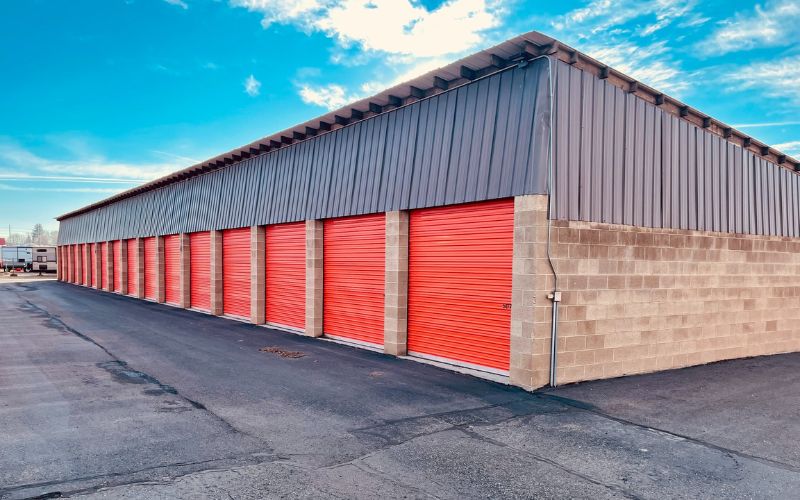What are MEES
The Minimum Energy Efficiency Standards (MEES) is a government legislation, targeting properties with an EPC rating below E.
These laws are in place to help reduce carbon emissions and reach the government's net-zero target by 2050.
Often referred to by their official title; Energy Efficiency (Private Rented Property) (England & Wales) regulations 2015, the term MEES came about in 2016 to improve the energy efficiency of properties across England and Wales.
What's the relationship between MEES and EPC
All properties must adhere to the Minimum Energy Efficiency Standards. MEES outline the overall minimum energy efficiency rating a property should have.
An Energy Performance Certificate (EPC) is a rating given to individual properties to identify how energy efficient the property is.
For example, if a property’s EPC rating is F, it is breaking the law under the Minimum Energy Efficiency Standards.
By making the necessary changes to improve an EPC rating to a C, the property will adhere to Minimum Energy Efficiency Standards.
Whilst MEES heavily targets residential properties, the legislation is due to extend to commercial properties, including existing leases, as of the 1st of April 2023.
Do MEES change between domestic and non-domestic properties?
The short answer is no. MEES are in place to reflect the minimum energy efficiency standard every property should be meeting, residential and non-domestic. This currently stands at EPC E.
It is important to note that EPC rating requirements differ between domestic and non-domestic properties. For example, while the Minimum Energy Efficiency Standards will require a D rating across the board in 2025, domestic properties will need to have an EPC C rating by this time.
Your property will always need to meet the Minimum Energy Efficiency Standards.
What does change, however, are the types of works needed to bring your property up to the minimum requirements. This will affect the kind of procedures you may need to go through in order to upgrade your property's EPC rating.
How can a property meet MEES standards?
At the end of a tenancy, leaving the property in its previous condition highlights any maintenance works are required. A schedule of condition provided by the landlord allows tenants to determine what repairing obligations they have.
Properties must have an EPC rating when it is built or put on the market to be sold or leased. If you are unsure what your property’s EPC rating is, or if your property has one, a building surveyor can calculate your property’s energy efficiency rating and recommend what improvements need to be made.
EPC’s provide potential buyers and tenants with information about the property’s energy use and typical costs. An EPC rating lasts ten years, so it’s important to make sure it’s up to date.
What should non-domestic properties do to meet MEES?
Under the current MEES law, unless the property has an EPC E rating or above, commercial property landlords are prohibited from granting a new lease. This does not apply to existing leases; however, this will change in April 2023.
Landlords should look to future-proof their properties and make them compliant with MEES as soon as possible.
The government recommends commercial landlords should seek a relevant recommendations report (including the recommendations report accompanying a valid EPC), a Green Deal advice report, or a report prepared by a surveyor.
Energy efficiency improvement installations will only be required for non-domestic properties where the recommended measure achieves an energy efficiency payback of seven years or less.
The specialist advice a landlord supplies must come from an independent expert, such as a chartered building surveyor registered on the Royal Institution of Chartered Surveyors’ Building Conservation Accreditation register.
Some non-domestic properties are exempt from meeting MEES. This includes, but is not limited to; listed buildings, temporary buildings (used for 2 years or less), buildings of worship, and any building that is due to be demolished.
You can find out more about MEES exemptions and how to apply at the Government website here.
How Sillence Hurn can help you
Speak with a member of the team today and see how we can help you and your property meet the Minimum Energy Efficiency Standards.
Disclaimer: Please note this article is for guidance purposes only and does not constitute legal advice.



